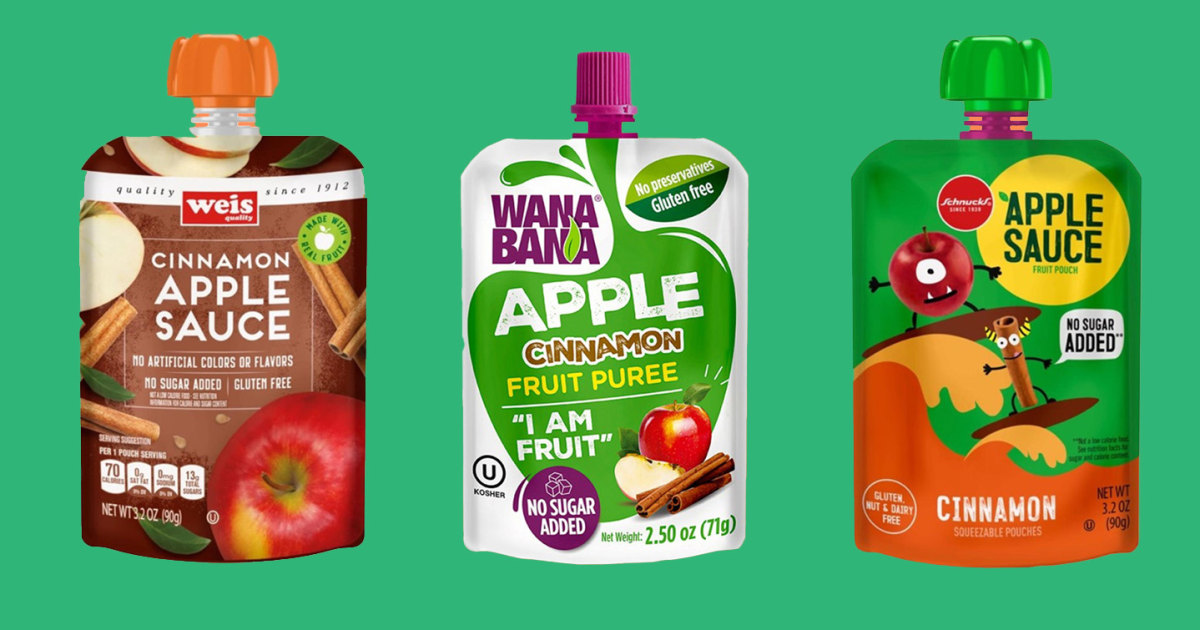By Teaganne Finn -
NBC News
Taco turkey, chicken products, orange juice and meal trays are just a few of the items Shonia Hall, director of school nutrition services for Oklahoma City Public Schools, says she can't find.
The latest victim of the supply chain slowdown is the school cafeteria.
A few weeks ago, Hall's dealer
couldn't get any spoons or forks and had to rush to his local Sam's Club to buy 60,000 of each
"so he could spend a few days hoping the truck would show up," Hall said in an interview. .
“We cannot just wait.
We have to be proactive, "he said.
I can't feed the children without utensils, right? ”.
These kinds of shortages - and being forced to turn to retail stores to fill the void when distributors don't show up - are increasingly prevalent in schools across the country.
"It's an added cost to the budget and the program," Hall said, adding that she is grateful to the Department of Agriculture's National School Lunch Program, which has increased reimbursements to schools trying to meet the demand for meals.
An agreement prevents the strike called by the film and television workers union
Oct. 17, 202100: 23
This crisis comes at an unprecedented time for school lunches.
The food service exemptions, known as the “Seamless Summer Option,” have been extended until June 2022. They
allow schools to offer free meals to students.
Republicans in Congress have criticized Democrats' proposal to make free meals universal because of their potentially high price.
This week, President Joe Biden announced that three of America's largest freight forwarders, Walmart, FedEx and UPS, will redouble their efforts to fix supply chain problems,
after retailers have started warning that some products may not hit the shelves before the holidays.
[The rise in the price of gasoline will make "all corners of the economy more expensive," experts warn]
"Never again should our country and economy be unable to make critical products that we need because we don't have access to the materials to make them," Biden said in a speech Wednesday.
Logistical problems at shipping ports, driven in part by worker shortages and COVID-19 outbreaks, have doubled the time it takes for some products to get from Asia to the United States.
“We can get food, but we have a lot of cuts and shortages,” said Stephanie Dillard, director of child nutrition for Enterprise City Schools in Alabama.
Workers want to keep the 'home office' after the pandemic, according to survey
Jan. 5, 202101: 40
The school district has had to deal with inconsistent deliveries of food and supplies, such as trays and utensils, putting an added layer of stress on school staff, returning from a year of mostly distance learning due to the pandemic.
"Every week everyone holds their breath, not knowing if we are going to receive a truck or not because we do not know if there will be truckers
or there will be employees in the distributors' warehouses," Dillard said in an interview.
Schools served nearly 500 million lunches on average per month from September 2018 to May 2019. The number dropped during the pandemic-marked 2020-21 school year, to about 330 million lunches a month, according to the department. of Agriculture.
[Millions of people are quitting their jobs. How do they make money then?]
In addition to allowing higher reimbursement rates, the department is also giving schools more leeway when it comes to meeting meal guidelines and extending the waiver nationwide through the 2021-22 school year for all meals are free.
Brenton Lexvold, director of food service for Red Wing Public Schools in Minnesota, said he's seeing
62% participation in the school lunch program
and has seen an increase in breakfast participation.
But if schools can't consistently offer the food they have told students and parents is on the menu, he worries that families won't trust them to provide the food.
"Sometimes clients risk saying: Well, are we eating school lunch today or am I taking something from home?"
Lexvold said in an interview.
The
food service distribution
sector is estimated to
have 17,500 warehouse
positions
and
15,000 driver positions currently vacant,
according to the International Association of Food Service Distributors.
In a recent survey of trade association members, 100% of respondents indicated that it was difficult or extremely difficult to find both warehouses and drivers.
Although this shortage affects the entire country, the impact on school meals is especially important “because, after all, we are not only expected to give our children a good education, but also to provide them with a nutritious meal”, Lexvold said.









